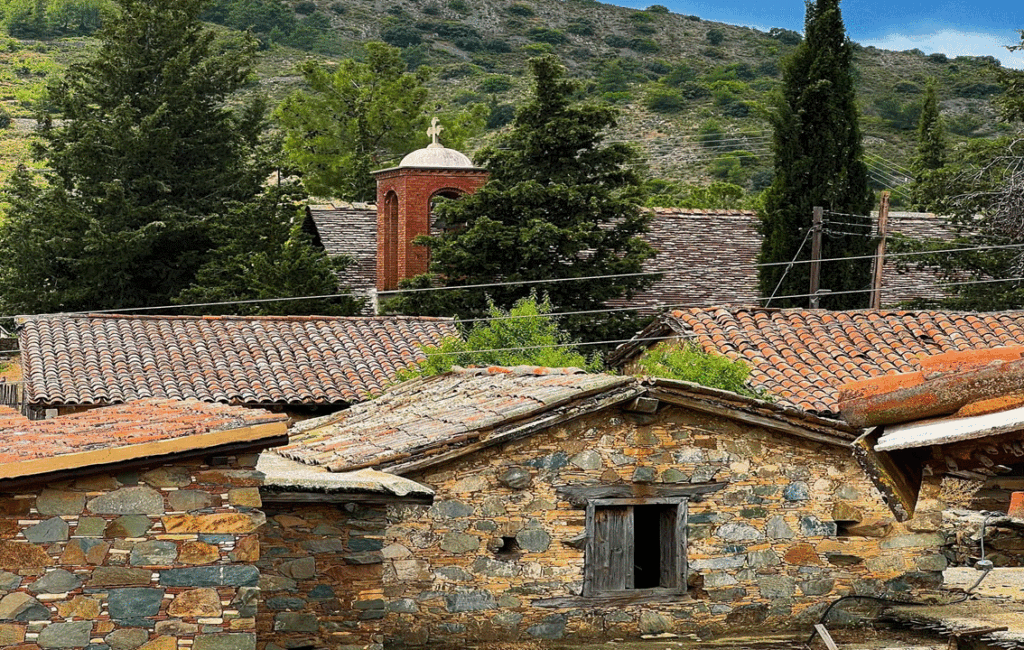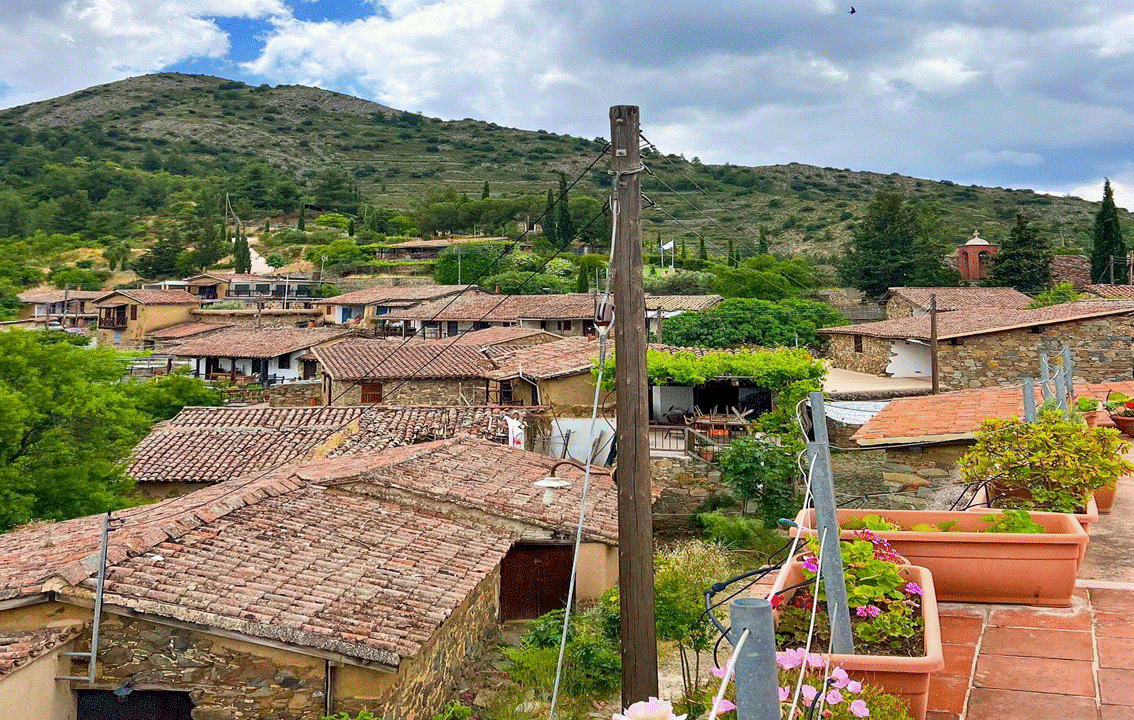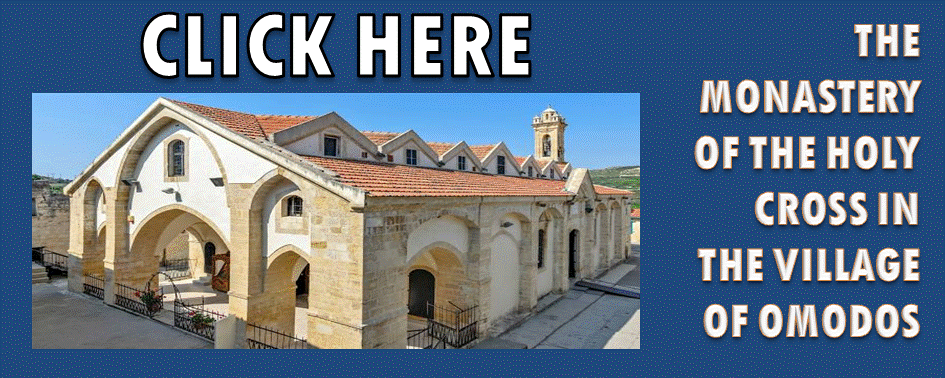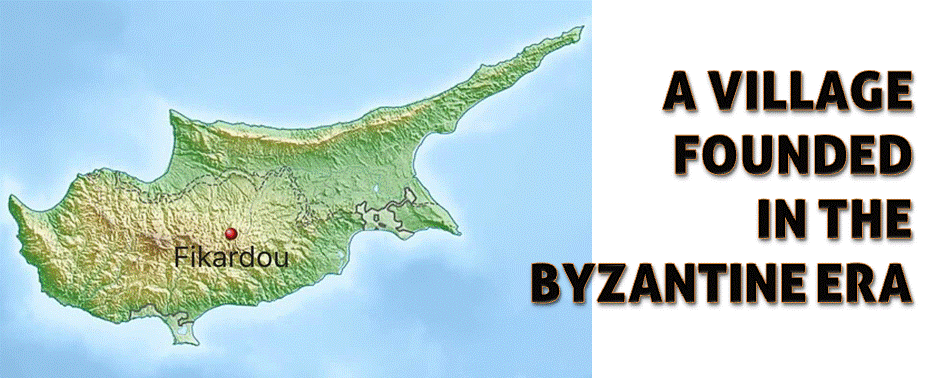
A RURAL SETTLEMENT IN THE TROODOS MOUNTAINS
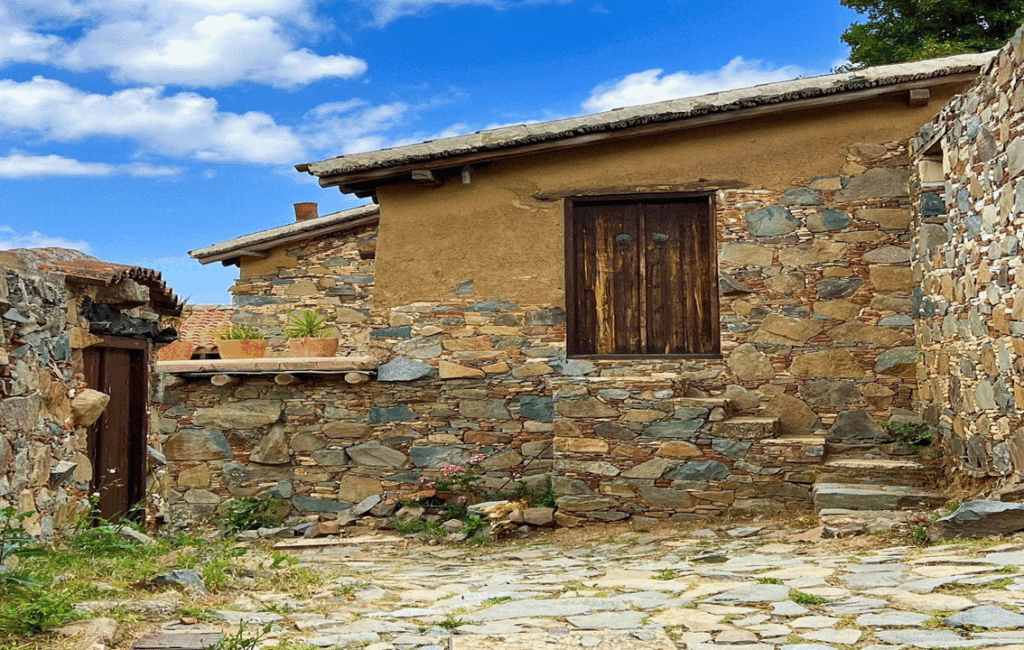
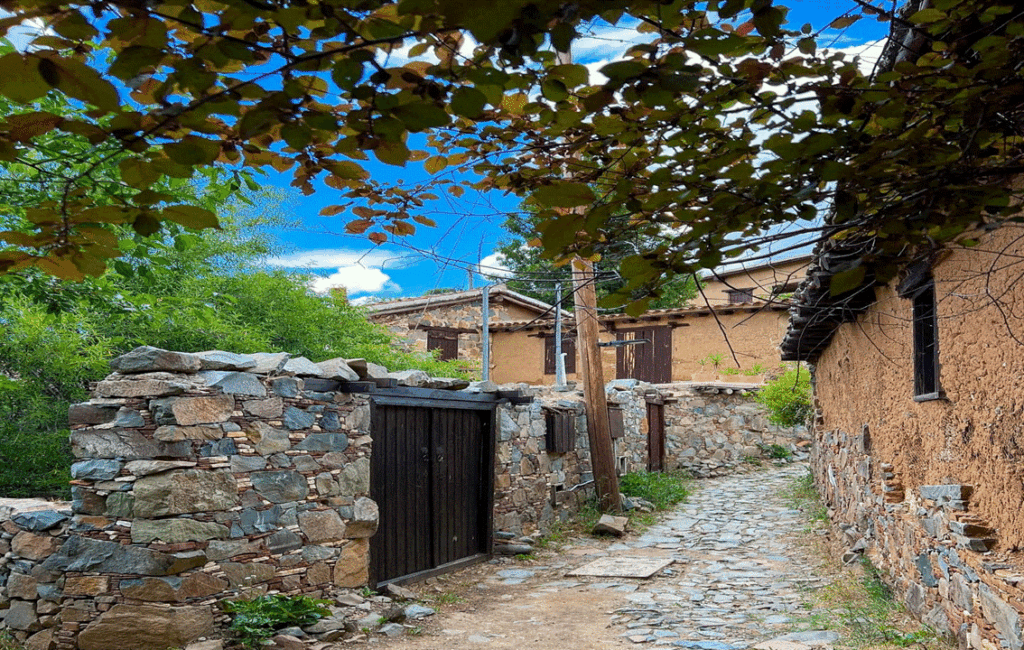
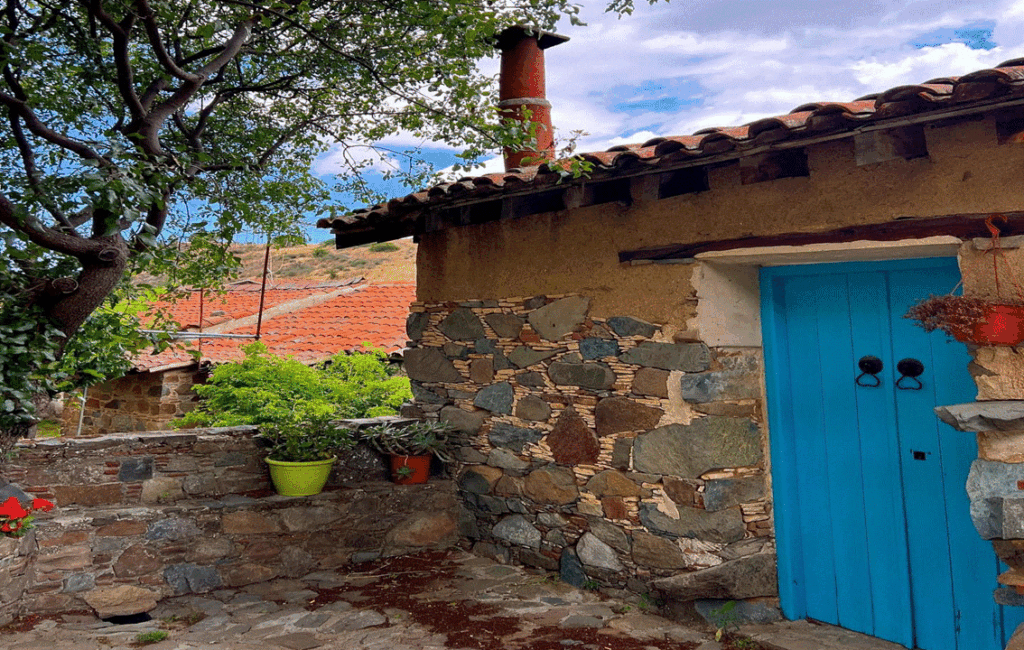
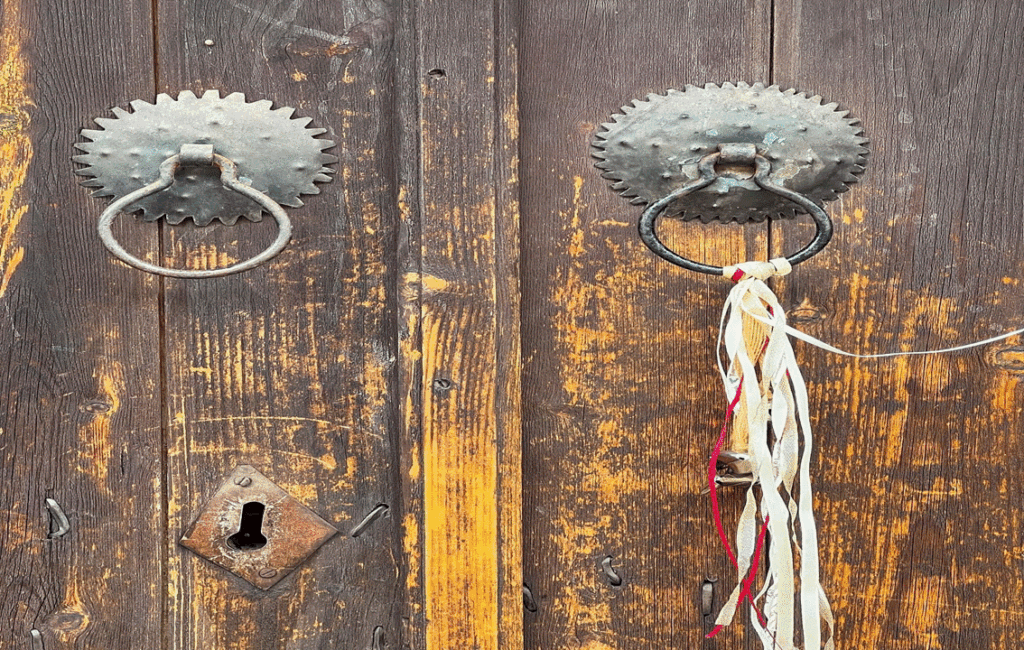
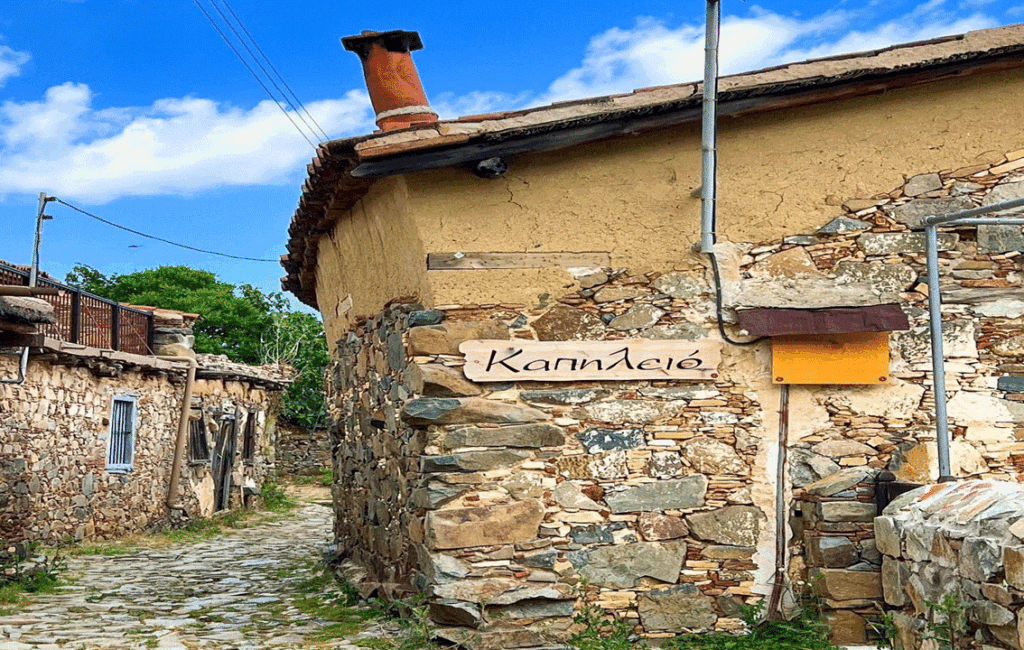
A SAFE HAVEN FOR DISPLACED PEOPLE
This small rural village, which lies approximately 32 km inland, southwest of the city of Nicosia, is built on the southeastern slopes of the Troodos Mountains. The history of the village tells a story as the founders were displaced communities fleeing pillaged coastal areas. This mainly occurred during the Byzantine era after Cyprus had suffered several coastal raids from pirate raiders.
A NEW FARMING COMMUNITY
The village of Fikardou offered the displaced people safety as well as a new beginning. The foothills, situated within the Nicosia district, provided fertile lands for early farming activities, and this included the immediate area surrounding the village. The inhabitants of the village, since its inception, have always been engaged in animal husbandry and land cultivation. The new settlement went on to support a thriving rural farming community, and the arable land surrounding the village continued to produce wines, almonds, olives, cereals, and pulses throughout the ages.
IT'S ALL IN A NAME
Evidence exists that suggests that the village once belonged to an opulent and important family in Cyprus. The family name is known as ‘Ficardo’. Other neighbouring villages, such as ‘Gourri’ and ‘Lazania’, also preserve the names of other prominent medieval families. The name ‘Ficardo’ is included in the list of the names of noble families recorded by the Archimandrite Kyprianos, and it also appears among the most prominent family names in the list of ‘Steffano Lusignano’. Sir Thomas Ficardo was Chancellor to the last King and Queen of Cyprus, James II and Catherine Cornaro. In 1473, he transcribed King James II’s will, and he is mentioned as being one of the principal noblemen and feudal landowners of the island.
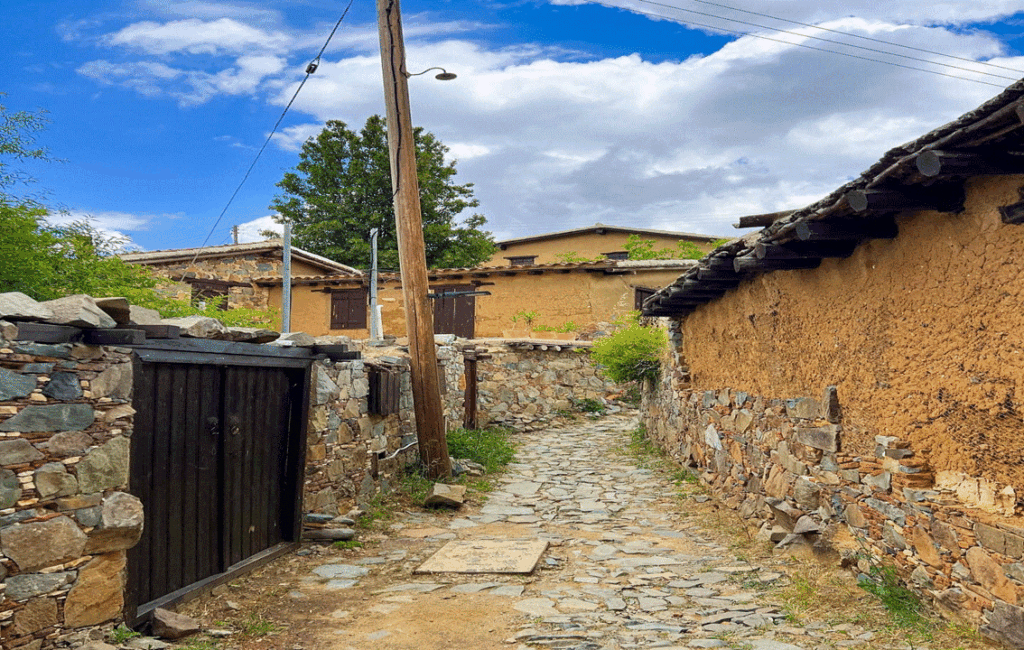
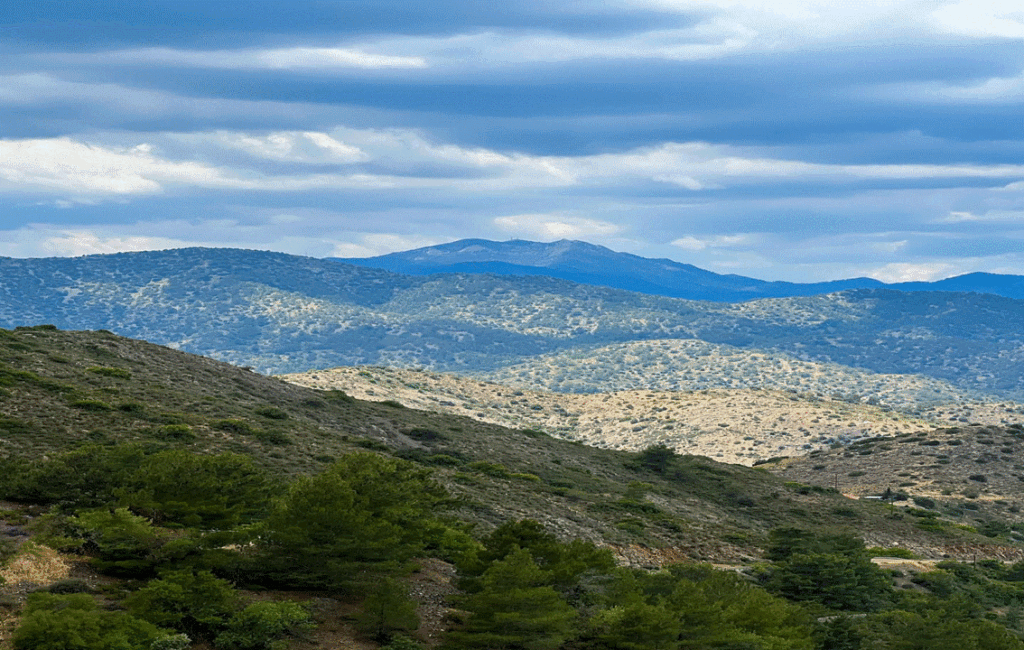
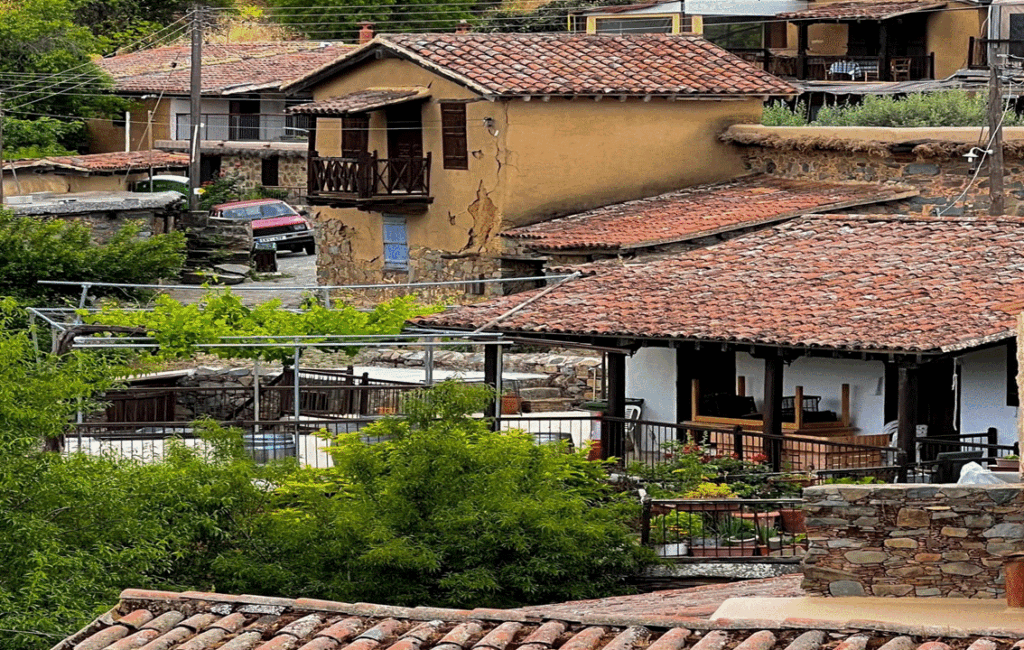
A RUGGED MOUNTANOUS LANDSCAPE
The landscape of the village is rugged and mountainous. It has steep slopes and deep valleys where small streams flow. The village layout consists of the inner branching of narrow, cobbled streets that can only be accessed by pedestrians. The location of the village constantly allows the sun to shine on the surrounding fields for prolonged periods during the day. This has benefited the village’s agricultural development over the ages, which in turn has supported its rural farming community.
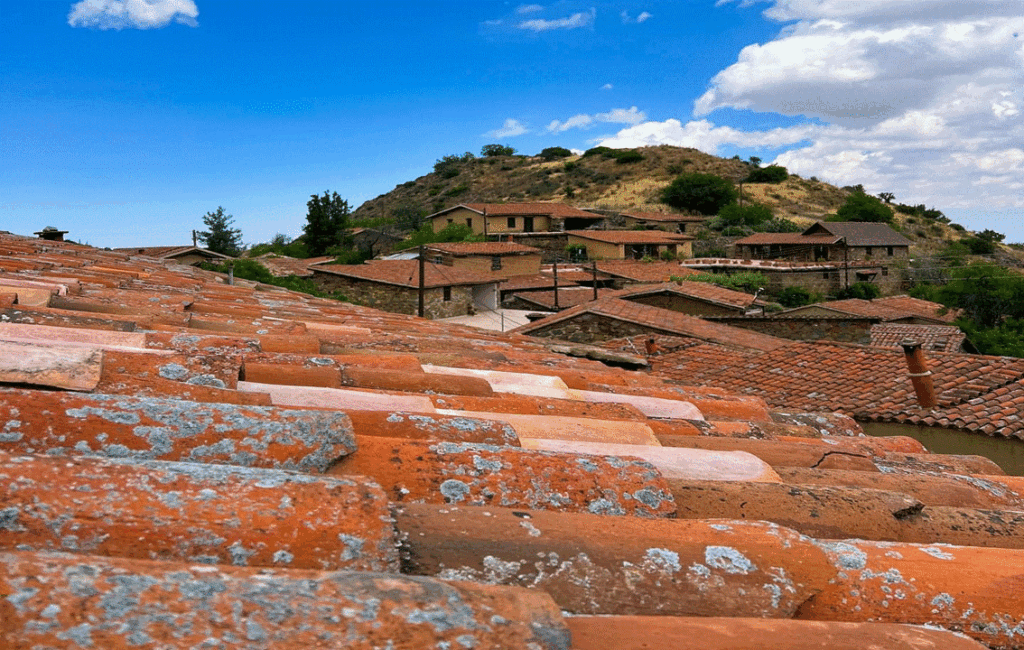
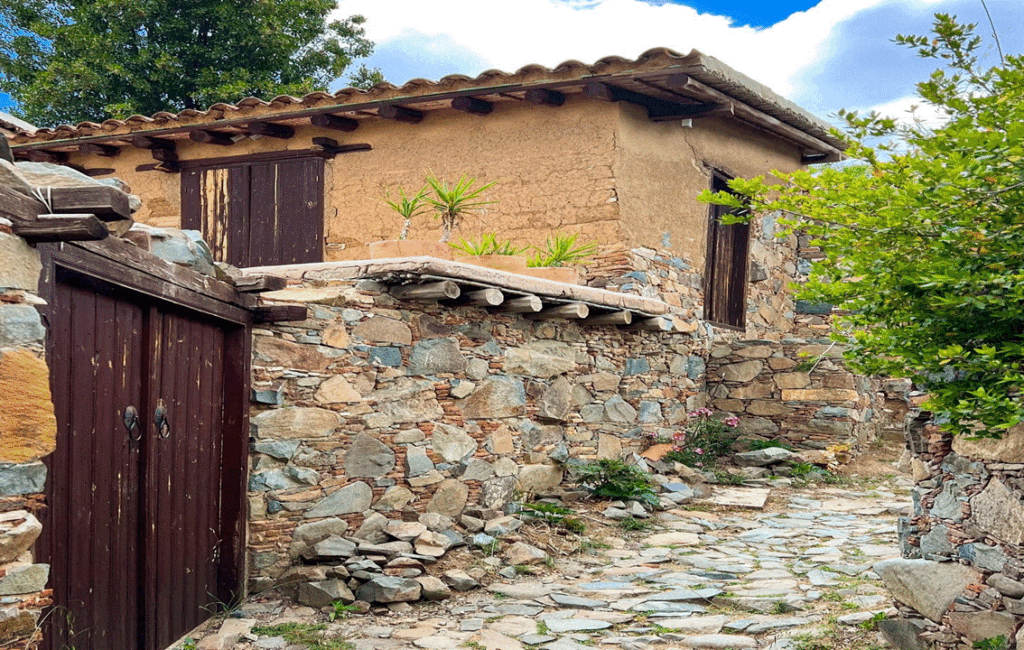
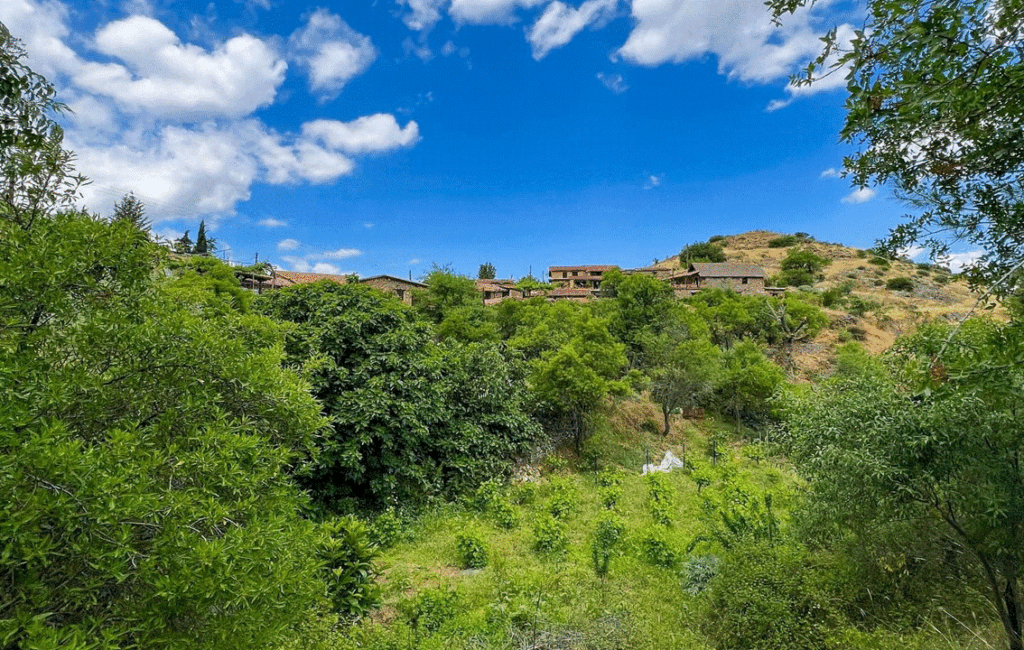
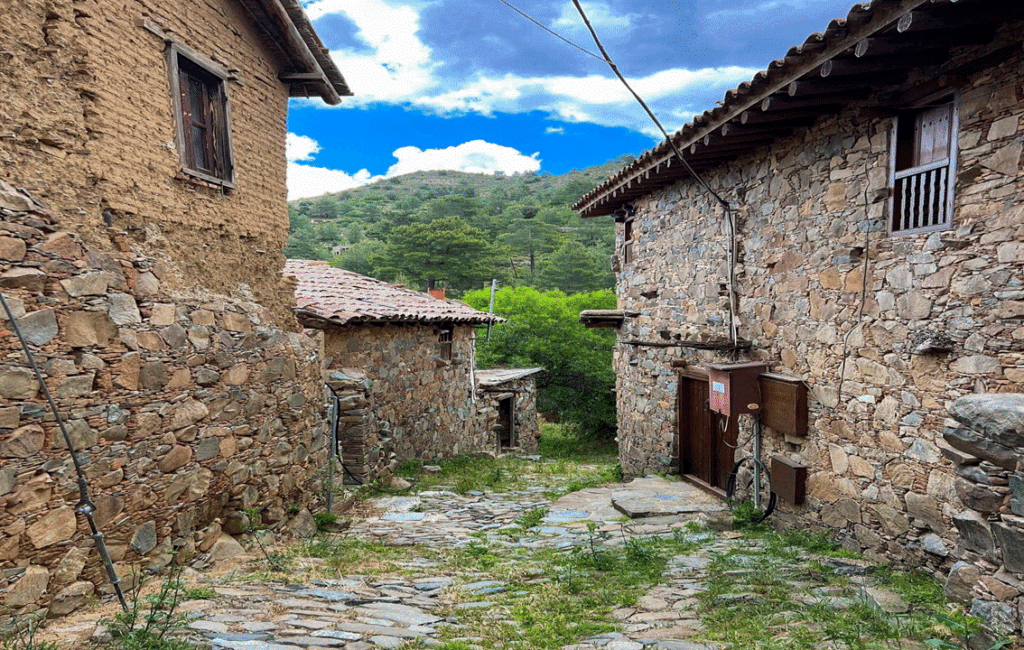
THE VILLAGE OF FIKARDOU TODAY
The modern trend of urbanisation since the island’s independence in 1960 has affected the village dramatically. The village, over the years, began to show signs of decline. Several of its mainly younger inhabitants migrated from the village to the larger cities, seeking employment and a more modern life. The dramatic decrease in the population of permanent residents due to this, left many houses deserted and derelict, bringing economic depression to the village as a whole. The countryside surrounding the village was also affected by the abandonment of rural farming. In 1978, the Department of Antiquities declared the entire village an ‘Ancient Monument’. It did this in an attempt to protect the village’s environment, monuments and architectural character.
NEW RESTORATION WORKS
In 1984, the Department of Antiquities undertook, as part of a wider program to revitalise rural villages, a new initiative to improve the status of the village. This program included work to repair and restore many of the collapsing houses. The Department of Antiquities went on to fully restore, among others, two prominent residences in the village. The Residences of ‘Katsinioros’ and ‘Achilleas Dimitri’, are outstanding examples of the traditional architecture of the 18th century. Today, these fully restored buildings host the Fikardou Agricultural Museum. In 1987, these two Houses were also awarded the Europa Nostra International Award for outstanding Architecture.
